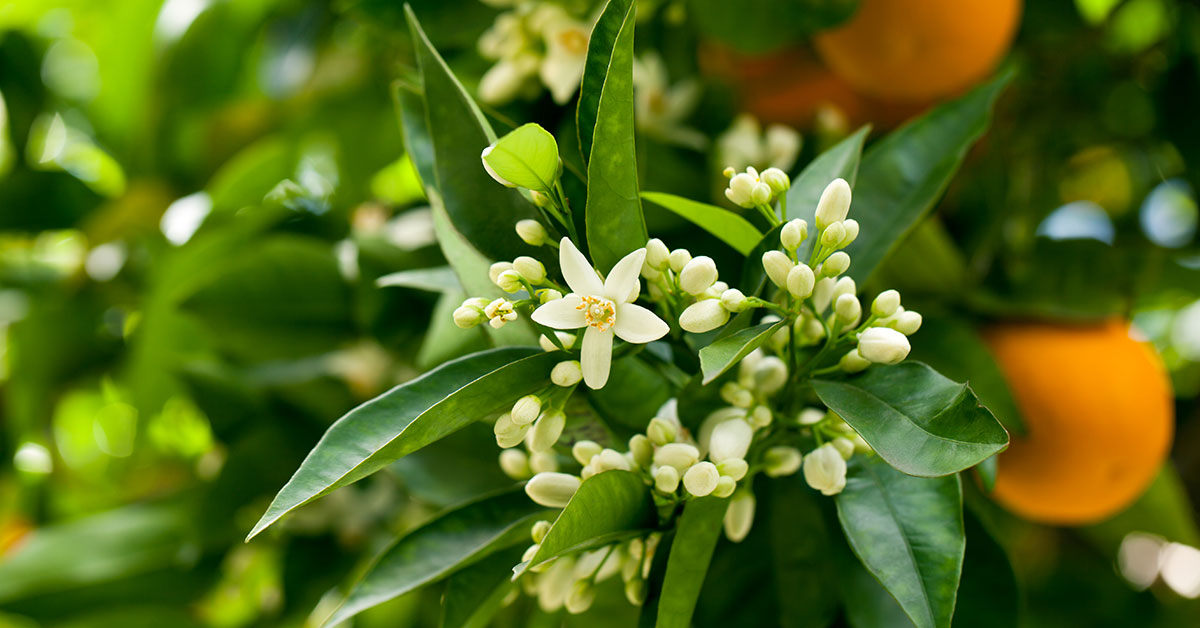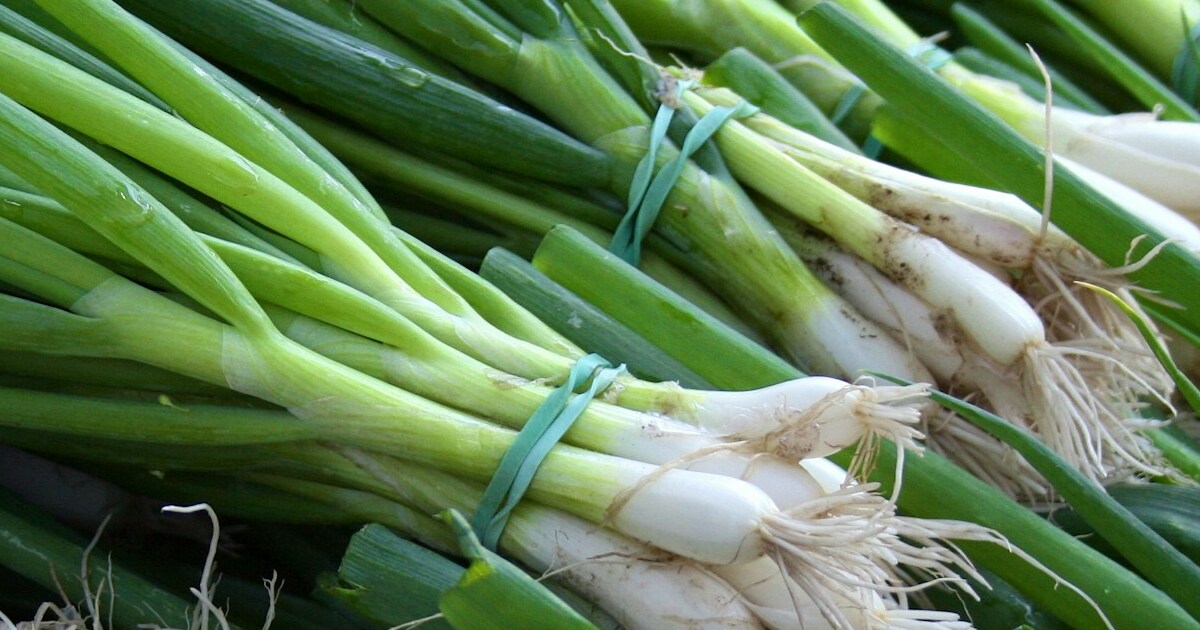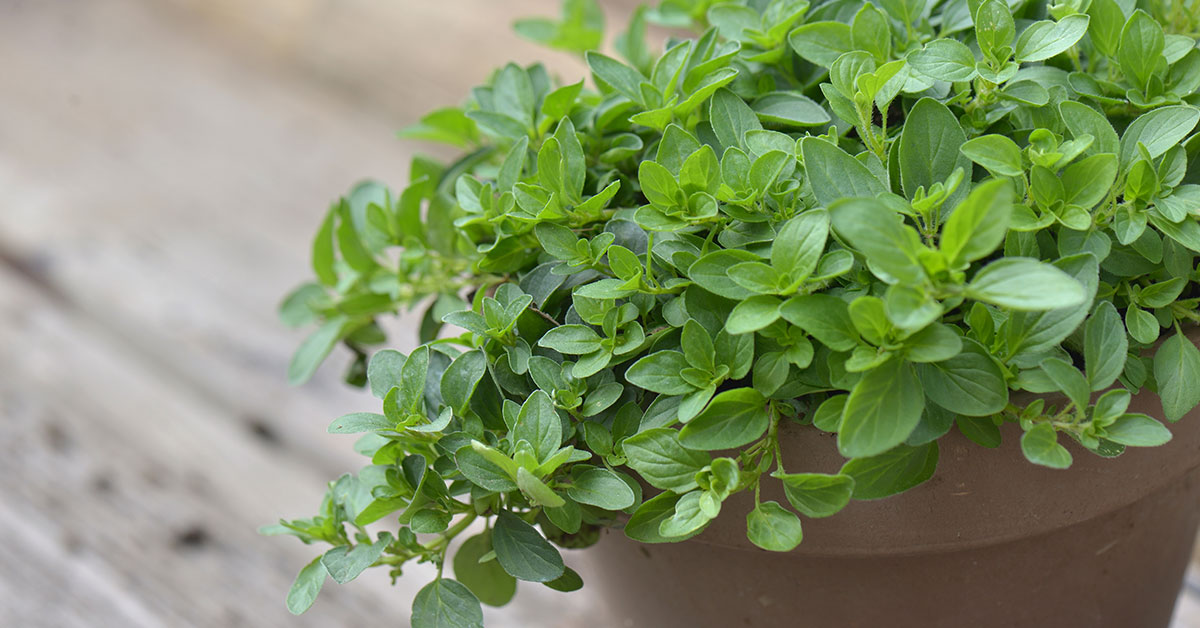Welcome to the world of citrus cultivation! In this article, we will delve into the fascinating realm of growing Fukumoto Navel Orange trees. Originating from Japan, the Fukumoto Navel Orange is a highly sought-after variety known for its exceptional sweetness, juicy flesh, and easy-to-peel skin. Whether you are an experienced gardener or a novice enthusiast, this comprehensive guide will equip you with the knowledge and skills necessary to successfully cultivate and care for these delightful citrus trees.
From selecting the right location and preparing the soil to nurturing the tree through each stage of growth, we will explore every aspect of Fukumoto Navel Orange cultivation, ensuring that you can enjoy a bountiful harvest of these delectable fruits right in your own backyard. So, let’s roll up our sleeves and embark on this citrus-growing adventure together!
What are Fukumoto Navel Oranges?
Fukumoto Navel Orange is a popular variety of orange tree known for its delicious and juicy fruit. It is a medium-sized tree with a spreading growth habit, reaching a height of about 20 to 25 feet. The tree has glossy, dark green leaves and produces fragrant white flowers in spring, which eventually develop into large, seedless oranges. The fruit of the Fukumoto Navel Orange is round to slightly oval in shape, with a deep orange color and a smooth, thick rind. The flesh is sweet, juicy, and rich in flavor, making it a favorite choice for eating fresh or juicing.
One of the distinctive features of this variety is the presence of a small secondary fruit within the larger main fruit, giving it a unique appearance. Fukumoto Navel Orange trees are known for their high productivity and can yield a significant amount of fruit. They are also relatively easy to grow, requiring full sun exposure and well-draining soil. Regular watering and fertilization are essential for optimal growth and fruit production. With proper care, Fukumoto Navel Orange trees can provide a bountiful harvest of delicious oranges for many years.
What do Fukumoto Navel Oranges taste like?
Fukumoto Navel Orange is a variety of orange known for its exceptional flavor profile. It offers a delightful combination of sweetness and acidity, creating a well-balanced taste that is highly enjoyable.
The flavor of Fukumoto Navel Orange is predominantly sweet, with a rich and juicy texture. Its sweetness is not overpowering but rather pleasantly refreshing. The high sugar content gives it a natural sweetness that is not overly sugary or cloying.
What sets Fukumoto Navel Orange apart is its subtle tanginess. It has a hint of acidity that adds a zesty and vibrant note to its overall flavor profile. This tanginess provides a pleasant contrast to the sweetness, making it more complex and interesting.
Additionally, Fukumoto Navel Orange has a distinct citrus aroma that is both fragrant and enticing. The aroma is reminiscent of fresh oranges, with a slightly floral undertone that enhances the overall sensory experience.
Overall, Fukumoto Navel Orange offers a well-rounded flavor profile that combines sweetness, tanginess, and a delightful citrus aroma. Its exceptional taste makes it a favorite among orange enthusiasts and a perfect choice for enjoying fresh or using in various culinary applications.
How to start Fukumoto Navel Oranges from Seeds
Starting Fukumoto Navel Orange from seeds is possible, but it is not recommended as the resulting tree may not produce true-to-type fruit. Grafting is the preferred method for propagating fruit trees, as it ensures the desired characteristics of the parent tree are maintained.
However, if you still want to try growing Fukumoto Navel Orange from seeds, here is a guide:
- Obtain fresh Fukumoto Navel Orange seeds from a reputable source. It’s best to collect seeds from fully ripe fruits.
- Rinse the seeds under running water to remove any pulp or residue.
- Fill a small pot or seed tray with a well-draining potting mix. A mix of peat moss, perlite, and vermiculite or a commercial seed-starting mix works well.
- Moisten the potting mix with water until it is evenly damp but not soaking wet.
- Plant the seeds about 1 inch deep in the potting mix. Space them at least 2 inches apart.
- Cover the pot or tray with a clear plastic bag or a plastic dome to create a humid environment. This helps retain moisture and warmth, promoting germination.
- Place the pot or tray in a warm location with indirect sunlight. The ideal temperature for germination is around 70-75°F (21-24°C).
- Check the potting mix regularly to ensure it remains moist but not waterlogged. Mist the surface with water if it starts to dry out.
- Germination can take anywhere from 2-6 weeks, depending on the seed quality and conditions. Be patient and continue to provide the necessary care.
- Once the seedlings have developed a few sets of true leaves, they can be transplanted into individual pots. Use a well-draining potting mix and ensure the pots have drainage holes.
- Place the pots in a sunny location, preferably with at least 6-8 hours of direct sunlight per day.
- Water the seedlings regularly, keeping the soil evenly moist but not soggy. Allow the top inch of soil to dry out slightly between waterings.
- As the seedlings grow, provide support by staking them to prevent bending or breaking.
- After the last frost date in your area, the seedlings can be gradually acclimated to outdoor conditions. Start by placing them in a sheltered location for a few hours each day, gradually increasing the exposure to sunlight and outdoor elements over a period of 1-2 weeks.
- Once the seedlings are around 12-18 inches tall and have developed a strong root system, they can be transplanted into the ground or larger containers.
Remember, growing Fukumoto Navel Orange from seeds may result in variations in fruit quality, size, and taste. For consistent and true-to-type fruit, it is recommended to obtain a grafted Fukumoto Navel Orange tree from a reputable nursery or garden center.
When to Plant Fukumoto Navel Oranges outdoors
The ideal time to plant Fukumoto Navel Orange trees is in the spring, after the danger of frost has passed. This allows the young tree to establish its roots and adapt to its new environment before the onset of winter. Planting in the spring also provides the tree with a longer growing season to develop and produce fruit.
Growing & care guide Fukumoto Navel Orange
Fukumoto Navel Orange trees are a popular choice among citrus enthusiasts due to their delicious fruit and attractive appearance. To ensure the health and productivity of your Fukumoto Navel Orange tree, it is essential to follow some best practices for its care. Here are some guidelines to help you maintain a thriving tree:
- Location: Select a sunny spot in your garden that receives at least 6-8 hours of direct sunlight daily. Fukumoto Navel Orange trees thrive in warm climates, ideally with temperatures between 55-85°F (13-29°C). They can tolerate some cold, but prolonged exposure to freezing temperatures can damage the tree.
- Soil: The soil should be well-draining and slightly acidic, with a pH level between 6.0 and 7.0. If your soil is heavy or clay-like, consider amending it with organic matter such as compost or well-rotted manure to improve drainage and fertility.
- Watering: Fukumoto Navel Orange trees require regular watering, especially during the hot summer months. Water deeply, ensuring the root zone is thoroughly soaked, but avoid overwatering, as it can lead to root rot. Allow the top inch of soil to dry out between waterings. Mulching around the base of the tree can help retain moisture and regulate soil temperature.
- Fertilization: Provide your Fukumoto Navel Orange tree with a balanced citrus fertilizer. Apply it in early spring, just before new growth begins, and again in late summer. Follow the manufacturer’s instructions for the appropriate dosage based on the age and size of your tree. Avoid fertilizing during winter, as it can stimulate new growth that may be susceptible to cold damage.
- Pruning: Regular pruning helps maintain the shape of your tree, promotes airflow, and removes dead or diseased branches. Prune in late winter or early spring, before new growth emerges. Remove any suckers or branches growing below the graft union, as they can divert energy from the main tree. Use clean, sharp pruning tools to minimize the risk of disease transmission.
- Pest and Disease Control: Keep an eye out for common citrus pests such as aphids, scale insects, and citrus leaf miners. Regularly inspect your tree for signs of infestation, and if necessary, treat with organic or chemical insecticides according to the instructions provided. Additionally, monitor your tree for signs of diseases like citrus canker or citrus greening, and take appropriate measures to prevent their spread.
- Harvesting: Fukumoto Navel Oranges are typically ready for harvest in late fall or early winter. The fruit should be fully orange and firm to the touch. Gently twist or cut the fruit from the tree, leaving a short stem attached. Avoid pulling or tugging, as it can damage the branches.
By following these best practices, you can ensure the health and productivity of your Fukumoto Navel Orange tree, allowing you to enjoy its delicious fruit for years to come. Remember to observe your tree closely, as individual growing conditions may require slight adjustments to these general guidelines.
Harvesting Guide for Fukumoto Navel Oranges
The Fukumoto Navel Orange is a popular variety known for its sweet and juicy fruit. Harvesting this variety requires careful observation of the fruit’s color and size. Here’s a step-by-step guide on when and how to harvest Fukumoto Navel Oranges:
- Determine the harvest time: Fukumoto Navel Oranges typically ripen and are ready for harvest in late fall to early winter, depending on your specific climate. The fruit should have reached its full size and developed a bright orange color.
- Check the fruit’s size: The average size of a mature Fukumoto Navel Orange is around 3-4 inches in diameter. Gently squeeze the fruit to ensure it feels firm and heavy for its size. If the fruit is still small and lightweight, it may need more time to mature.
- Observe the fruit’s color: The Fukumoto Navel Orange should have a vibrant orange color when it’s ready for harvest. Avoid picking fruit that is still green or has a yellowish hue, as it may not have fully ripened.
- Assess the taste: To ensure optimal sweetness and flavor, taste-test a few oranges before harvesting the entire crop. The fruit should have a balanced sweet-tart taste. If the flavor is not fully developed, give the oranges a little more time on the tree.
- Harvesting technique: When harvesting Fukumoto Navel Oranges, use a pair of sharp pruning shears or hand clippers. Cut the fruit from the tree by snipping the stem about half an inch above the fruit. Avoid pulling or twisting the fruit, as this can damage the tree or leave a portion of the stem attached to the fruit.
- Store the harvested fruit: After harvesting, gently place the Fukumoto Navel Oranges in a basket or crate, taking care not to bruise or damage them. Store the fruit in a cool, well-ventilated area away from direct sunlight. If you plan to store them for an extended period, keep them at a temperature around 45-50°F (7-10°C).
Remember, the timing of the harvest may vary slightly depending on your specific growing conditions and climate. Regularly monitor the fruit’s color, size, and taste to ensure you pick the Fukumoto Navel Oranges at their peak of ripeness for the best flavor and quality.













